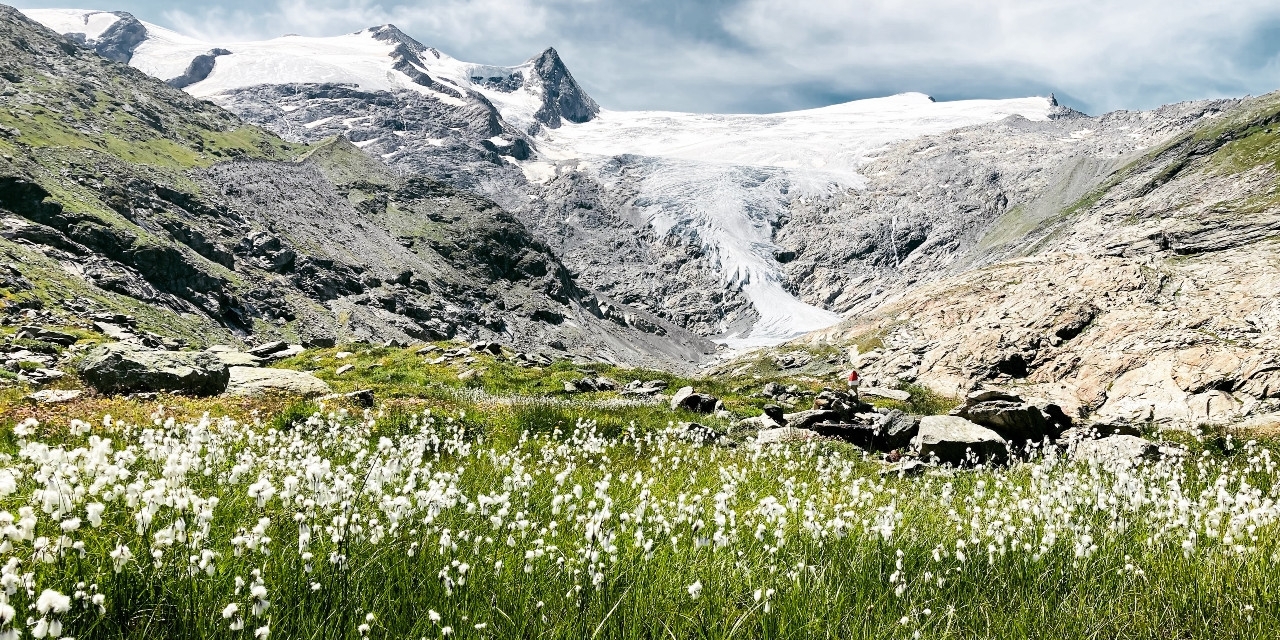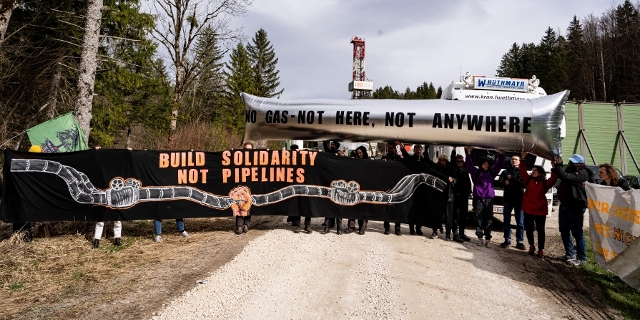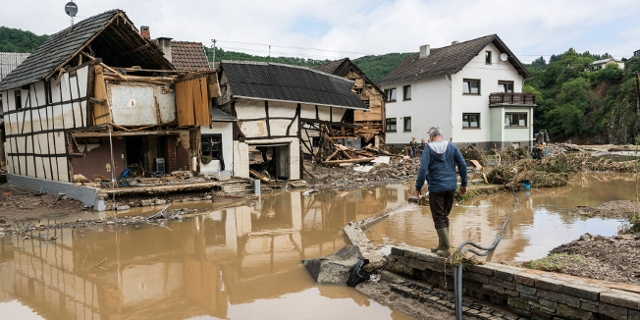Alpine flowers: Blooming Through The Crisis
The Alps that we have defined the much-loved Austrian landscape are changing because of climate change. Most noticeably, glaciers are retreating, trees are climbing higher up the slopes. We’re also seeing increasing amounts of debris; scattered boulders and eroded slopes. The mudflows and landslides seen last week in Pinzgau in Salzburg province are just one recent example of increasing fragility.
“Due to climatic warming, the atmosphere contains more energy and more water vapour, and as a consequence, the precipitation events grow in intensity,” explains Dr Ingo Hartmeyer, a scientist at Georesearch. “So over the next years and decades, we’ll see an increase in heavy rainfall events. These problems are also related to slope movements from the valley flanks like rockfall events, debris flows and mudslides.”
But amid the gloom, one aspect of our high mountain landscapes is likely to remain robust and defiantly vibrant, says Professor Christian Körner of the University of Basel: the glorious flower meadows that explode in colour high above the treeline.
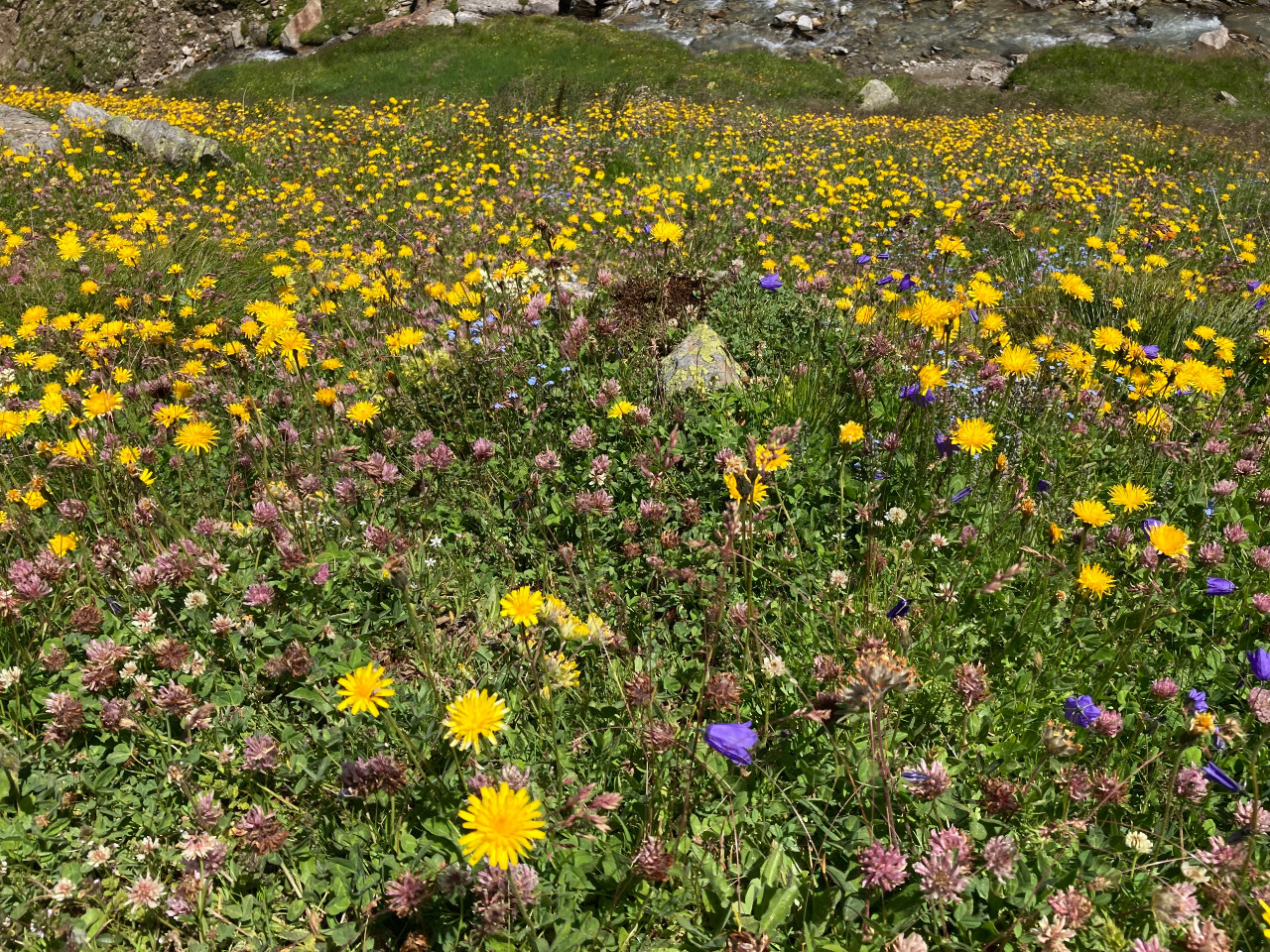
Chris Cummins
This summer Professor Körner took me high up in the Hohe Tauern National Park to the slopes around the rapidly retreating Schlatenkees glacier. The meadows were blooming with all sorts of alpine flowers. There were blues, yellows, indigos, pinks, whites, all these flowers courted by fluttering butterflies, busy buzzing bees. From the perspective of an aeroplane the high mountains can look barren, but up close they are a gloriously flamboyant festival of biodiversity.
“Globally just 2.6% of planet Earth is alpine land, and yet we estimate that about 4% of all known plant species occur there,” explained Körner. “There is a much greater diversity of plant species that you would expect from the land area, although it is considered barren and hostile for plant life.”
Körner explained that the varied topography of the high mountains has helped Alpine plant species. It’s never flat, of course, on a mountain slope; there are lots of little nooks and crannies which means there are different areas of shade and different angles of sunlight exposure. This leads to very different ground level temperatures; there can be 4-degree differences in just a few metres. And since different plants thrive in different conditions, each different species has a good chance to find the exact conditions it prefers.
“Topography adds to habitat diversity,” Körner told me. “And if there’s a lot of different niches for life, you can imagine, you can nest a higher number of species in close proximity.” If one patch becomes too hot, a species will find another spot with slightly more shade and therefore lower temperatures and another species will take its place.
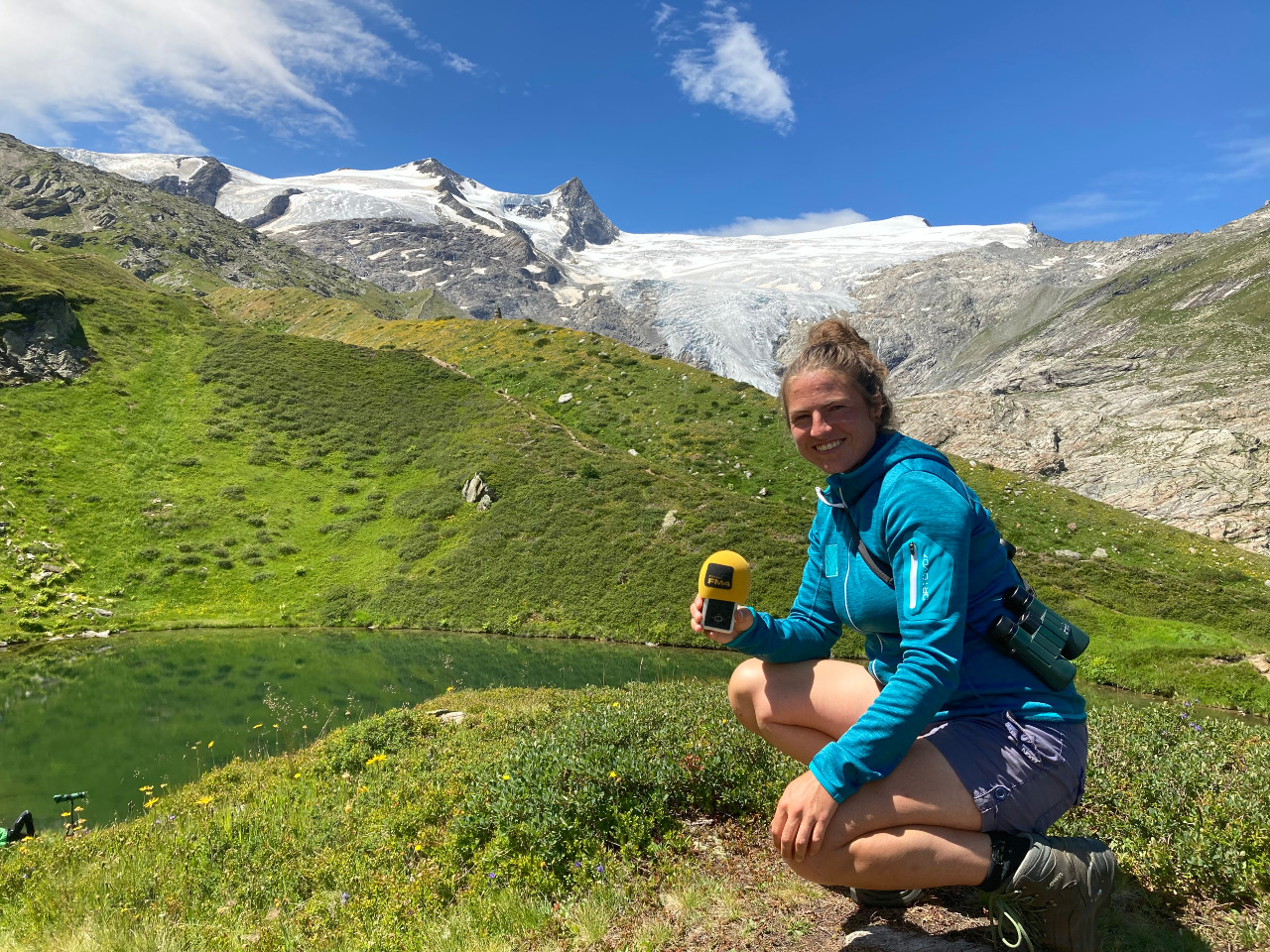
Chris Cummins
Evelyn Brunner on her „detective work“
Körner’s studies have been helped by long-term monitoring projects, such as the one that has seen researcher Evelyn Brunner comb the mountain slopes year after year documenting which plants grow where; and then mapping the results. She describes her long days in the mountains as a sort of “detective work”.
The National Park Hohe Tauern is an excellent place to do this because the high level of protection means that much of the most direct human impact (besides our emissions of course) is greatly reduced. She has noticed changes year after year, perhaps following a particularly snowy winter or a particularly hot summer, but generally, as the planet warms, the same Alpine plants are found in different areas rather than disappearing entirely.
Plants are climate resilient, we are not
This story of resilience didn’t fit in to my Eeyorish expectations.
Nowadays when scientists invite you to learn about the impact of climate change, you expect bad news. The mountains are particularly vulnerable to climate change. I have spent much of this year, indeed much of the past two decades, learning how higher global temperatures are decimating biodiversity.
Given the high Alps are warming at double the rate of the global average temperature rise, the obvious health of these meadows came as a surprise.
“I would make a distinction between the wild alpine flora above the tree line, which is adjusted to change, to variation, to extremes,” said Körner. “When people use the term vulnerability, they should actually explicitly refer to humans in mountains because this is where the problems come. There are problems in the settlements, in the power lines and in the traffic routes. The wild flora and fauna is quite robust against these changes.
No „Escalator of Extinction“?
The scientific community is of course known for its rigorous culture of debate and disagreement.
Professor Christian Körner’s optimistic view on the robust future of alpine plants contrasts strongly with the headline grabbing study published in the journal Frontiers in Ecology and Evolution last year; a study I covered for FM4. That study, published in January 2021, suggested that alpine flowers could go extinct after glaciers disappear as more competitive species colonize terrain higher up in the mountainside.
Up The Mountain or Around The Corner?
Lead researcher Dr Gianalberto Losapio, an ecologist from the University of Lausanne, spoke of “an escalator of extinction”. He told me his research has shown that how iconic Alpine plants need to move to a higher-altitude habitat as the climate warms and that, since eventually there would be not more space for them to do so, they would eventually die out.
Losapio and his team predicted that 22% of species studied on four glaciers in the Italian Alps would disappear from the area once the glaciers have gone, and that the results from Italy would be replicated elsewhere in the Alps.
Körner disagrees. That’s partly because of the height of the Alps; which means, he says, there is still space to climb into. But it is also partly because of this varied topography. “Frankly, I do not believe this expectation is based on facts,” he says. “The facts we have do not show anything like this. The plants here and the animals here don’t have to march up the slopes. They just go around the corner and find a cool spot. This is the advantage of being in a structured landscape where, on every step you take, you will find a different microenvironment.”
Publiziert am 13.08.2022







